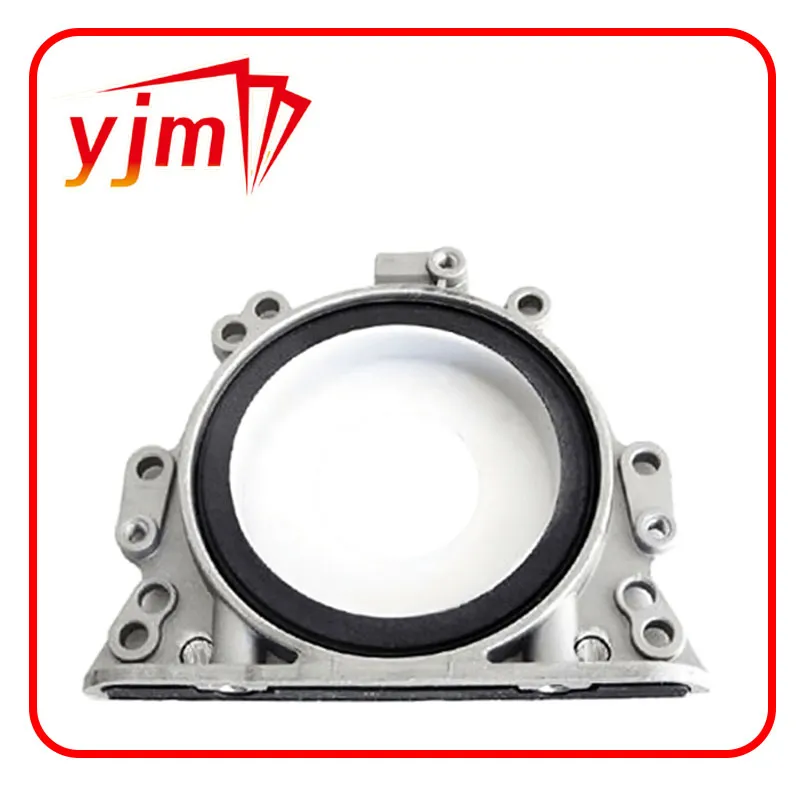Optimizing Performance with High-Quality Rubber Seals for Transmission Systems
Understanding Transmission Rubber Seals Importance, Types, and Maintenance
Transmission rubber seals are critical components in automotive and industrial applications, primarily serving to prevent fluid leaks and protect internal parts from contaminants. These seals are designed to withstand harsh environmental conditions, high temperatures, and significant pressure changes, making them crucial for the longevity and efficiency of any transmission system.
The Importance of Transmission Rubber Seals
At the heart of a vehicle's operation is its transmission, which is responsible for transferring power from the engine to the wheels. Transmission fluid is essential for lubricating the intricate parts of the transmission system, ensuring smooth operation and preventing wear and tear. However, any leakage of this fluid can lead to serious performance issues, including overheating, erratic shifting, and ultimately transmission failure.
Rubber seals play a vital role in maintaining the integrity of the transmission by forming a tight barrier that prevents fluid leaks. They are commonly found in various parts of the transmission system, including the input shaft, output shaft, and the fluid pump. Without these seals, the fluid that is necessary for lubrication and cooling could escape, leading to a host of mechanical problems.
Types of Transmission Rubber Seals
Transmission rubber seals come in various shapes and sizes, each designed for a specific function. Here are some of the most common types
1. O-Rings These are circular seals that provide a tight fit between two components, preventing leaks. O-rings are used in various applications within the transmission, including connecting shafts and housing sections.
2. Lip Seals Lip seals have a lip that presses against the shaft to create a sealing surface. They are effective in keeping fluid in and contaminants out, making them ideal for high-pressure areas such as the input and output shafts.
3. Dynamic Seals These seals are designed to accommodate movement between components while maintaining a tight seal. They are essential in applications where parts are in constant motion, such as in automatic transmissions.
4. Static Seals Unlike dynamic seals, static seals are used in applications where there is no movement between the sealed surfaces. They are commonly used in gaskets and flange connections.
transmission rubber seal

Each type of seal is manufactured using high-quality rubber compounds, which are selected based on their resilience to oil, heat, and environmental conditions.
Maintenance and Replacement
Proper maintenance of transmission rubber seals is essential to ensuring the reliability of the transmission system. Regular inspection of seals for signs of wear, such as cracks, swelling, or deformation, can help catch potential problems before they lead to major leaks.
If a rubber seal is found to be damaged, it should be replaced promptly to avoid the risk of fluid loss and transmission failure. The replacement process typically involves
1. Draining the Transmission Fluid Before any work is done, it is crucial to drain the transmission fluid to prevent spills.
2. Removing the Old Seal Care must be taken to remove the old seal without damaging the surrounding components. Any remnants of the old seal must be cleaned away to ensure a proper fit for the new seal.
3. Installing the New Seal The new rubber seal should be positioned correctly and evenly, ensuring that it is securely fitted.
4. Refilling with Transmission Fluid After the new seal is installed, the transmission fluid can be refilled, ensuring that all components are lubricated and protected.
Conclusion
Transmission rubber seals are essential for the proper functioning of any vehicle's transmission system. Understanding their importance, types, and maintenance can help vehicle owners and mechanics ensure long-term performance and reliability. Regular inspections and timely replacements of these seals can prevent costly repairs and contribute to the overall health of the transmission system, enhancing the lifespan and efficiency of the vehicle. Proper care for these small but mighty components ensures that the heavy lifting of transferring power from the engine to the wheels is done efficiently and effectively.
-
Simplifying Oil Changes: A Comprehensive Guide to Oil Drain Plugs and Their Variants
News Aug.04,2025
-
Mastering Oil Drain Maintenance: Solutions for Stripped, Worn, and Upgraded Oil Plugs
News Aug.04,2025
-
Fixing Oil Pan Plug Issues: Leaks, Stripped Nuts, and the Right Replacement Solutions
News Aug.04,2025
-
Everything You Need to Know About Oil Drain Plugs: Sizes, Fixes, and Upgrades
News Aug.04,2025
-
Choosing the Right Oil Drain Plug: A Guide to Sizes, Materials, and Drain Innovations
News Aug.04,2025
-
A Complete Guide to Automotive Drain Plugs: Types, Problems, and Innovative Solutions
News Aug.04,2025
-
The Ultimate Guide to Car Repair Kits: Tools and Essentials Every Driver Should Own
News Aug.01,2025
Products categories















